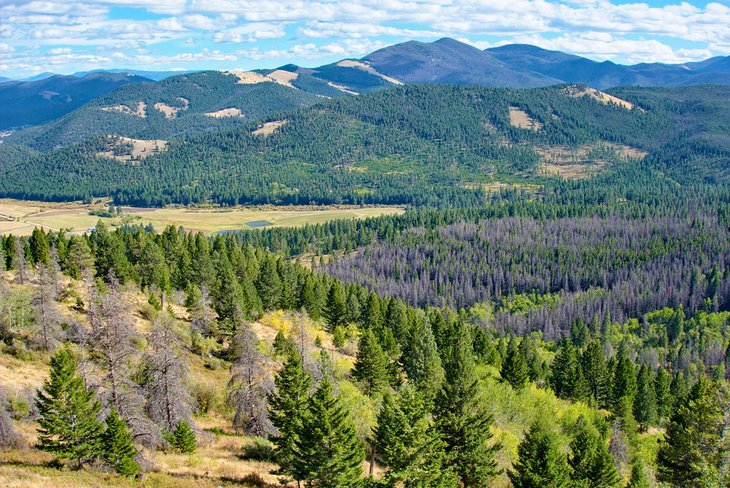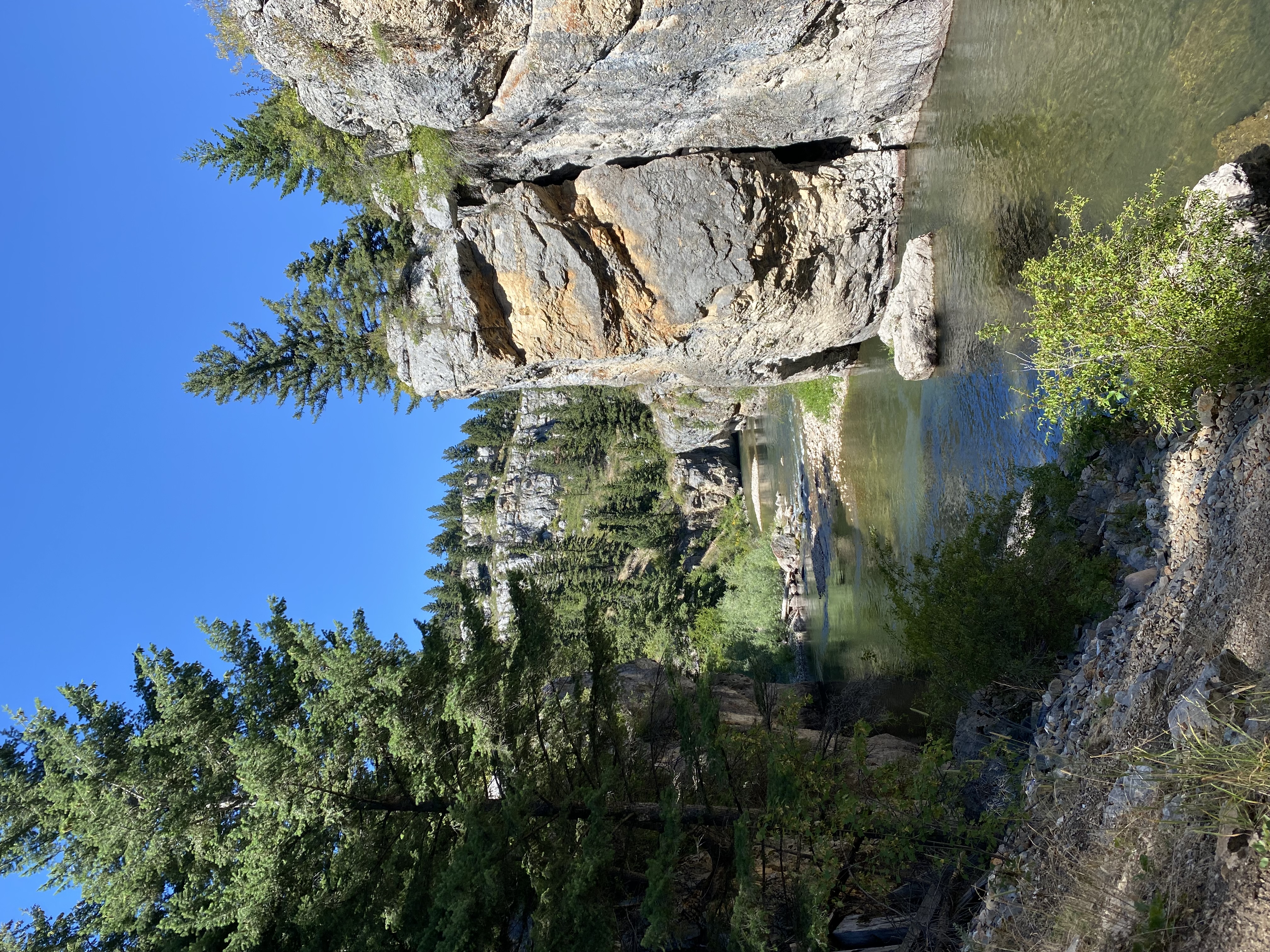Natural Resources
 |
 |
 |
Articles, Resources and Useful Links
Burning slash piles; whats the best way to go about it? (pdf) |
Woody debris generated by logging, thinning or fire hazard reduction usually ends up as something the land-owner must deal with either directly or after the contractor has met the minimum fire hazard reduction rules of the state of Montana. |
Working Wild U - Season 1 Wolves in the West |
Season 1 explores wolves in the West – from extermination to recovery, to uncovering what it really means to share the landscape with these iconic carnivores. |
After Wildfire: Information for Landowners |
Valuable information for landowners after wildfire. |
Managing Weeds After Wildfire |
Wildfire is a form of disturbance that can result in an increase in weeds, but our plant communities are adapted to fire, so generally they will recover and be able to compete with the weeds after a few years. However, in areas that are more highly disturbed and already have weeds, wildfire can be thought of as an opportunity to manage weeds. |
Preventing the Spread of Aquatic Invasive Species |
Anglers and other water-based recreationists must understand that they have an important role to play in managing the risk of spreading AIS to our waters. Our economy and the health of our fisheries and waterways depends on our prevention efforts. |
Management Practices for Forest Health and Catastrophic Wildfire Resistance |
This full-color publication includes sections on natural changes within a forest, tree species and their different needs for disturbance, tree selection and harvesting strategies, and the "big picture" goals of forest management. |
Forests and Rangelands |
Cooperative effort of federal land management agencies and their partners Forests and Rangelands is an active, cooperative effort of the United States Department of the Interior (DOI), the United States Department of Agriculture (USDA), and their land management agencies. Forests and Rangelands provides fire, fuels, and land management information. |
Managing Bark Bettles |
Perhaps the number one pest affecting pine forests is the Mountain pine beetle (Dendroctonus ponderosae). This barley kernel sized beetle bores under the bark in pine stems larger than 4” diameter to make its home and lays its eggs. Lodgepole, ponderosa, limber, whitebark , and especially Scots pines are all susceptible. |
Managing Your Timber Resources - Which Trees to Cut, Which Trees to Leave |
The first step in any type of land management is to formulate a set of objectives and goals for the acreage in question. While these goals will reflect the personal needs of the landowner, whether they are to minimize human impact on the land in question or convert it into a plantation, these goals should also be tempered by the ecological capacity of the site. |
Protect Montana Waterways from Aquatic Invasive Species |
Montana Fish, Wildlife and Parks offers important and necessary tips to protect Montana's waterways. |
Montana Fish, Wildlife and Parks |
Link to Montana Fish, Wildlife and Parks website. |
Visit the MSU MontGuide page for additional articles and information on Natural Resources.
The U.S. Department of Agriculture (USDA), Montana State University and Montana State University Extension prohibit discrimination in all of their programs and activities on the basis of race, color, national origin, gender, religion, age, disability, political beliefs, sexual orientation, and marital and family status. Issued in furtherance of cooperative extension work in agriculture and home economics, acts of May 8 and June 30, 1914, in cooperation with the U.S. Department of Agriculture, Cody Stone, Executive Director of Extension, Montana State University, Bozeman, MT 59717.
